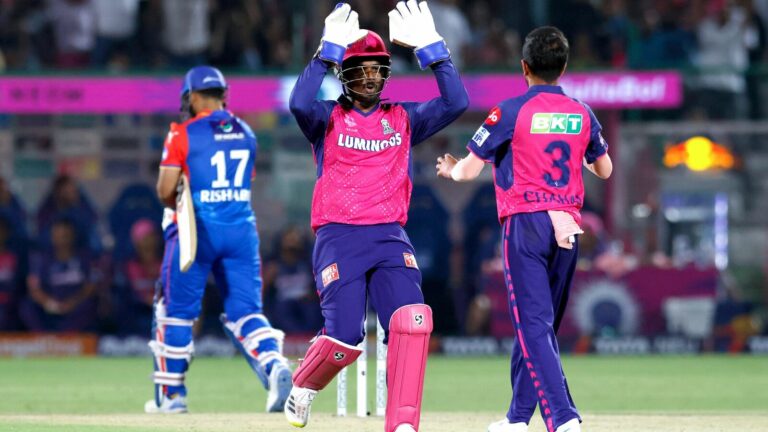The Impact of Cricket on Physical Activity Levels
99Exch, Gold: Cricket, dating back to the 16th century in England, has a rich and storied history that has evolved greatly over time. Initially a recreational pastime played by children, the sport quickly gained popularity among adults and became a professional endeavor.
The rules of cricket have been refined over the centuries, with the first official match recorded in the early 18th century. From its humble beginnings in the English countryside, cricket has grown to become a global phenomenon, with millions of fans around the world and international matches that capture the attention of sports enthusiasts everywhere.
Cricket as a Popular Sport
Cricket has undeniably taken the world by storm, captivating millions with its dynamic gameplay and strategic intricacies. The sport’s timeless appeal lies in its ability to unite individuals from diverse backgrounds in a shared passion for competition and camaraderie. From village greens to international stadiums, cricket resonates with enthusiasts who find joy in both playing and spectating this beloved game.
As a popular sport, cricket fosters a sense of community and belonging among its followers, transcending geographical boundaries and cultural differences. The thrill of witnessing a well-executed boundary or a perfectly bowled delivery creates a shared sense of excitement among spectators, forming lasting memories that fuel their passion for the sport. Whether played on makeshift pitches in local neighborhoods or broadcasted to a global audience, cricket’s universal appeal continues to endure, cementing its status as a beloved pastime for fans worldwide.
The Physical Demands of Cricket
Cricket is a sport that demands a high level of physical fitness and skill from its players. It requires a combination of strength, agility, and endurance to excel in this game. The nature of the sport demands players to be able to run, sprint, and make quick changes in direction, all while maintaining focus and precision in their movements.
In addition to the athletic component, cricket also requires mental fortitude and strong decision-making skills. Players must be able to stay composed under pressure, make strategic decisions both individually and as a team, and exhibit resilience in the face of challenges. The physical demands of cricket extend beyond the field as well, with players needing to maintain their fitness levels through rigorous training routines and disciplined lifestyle choices.







